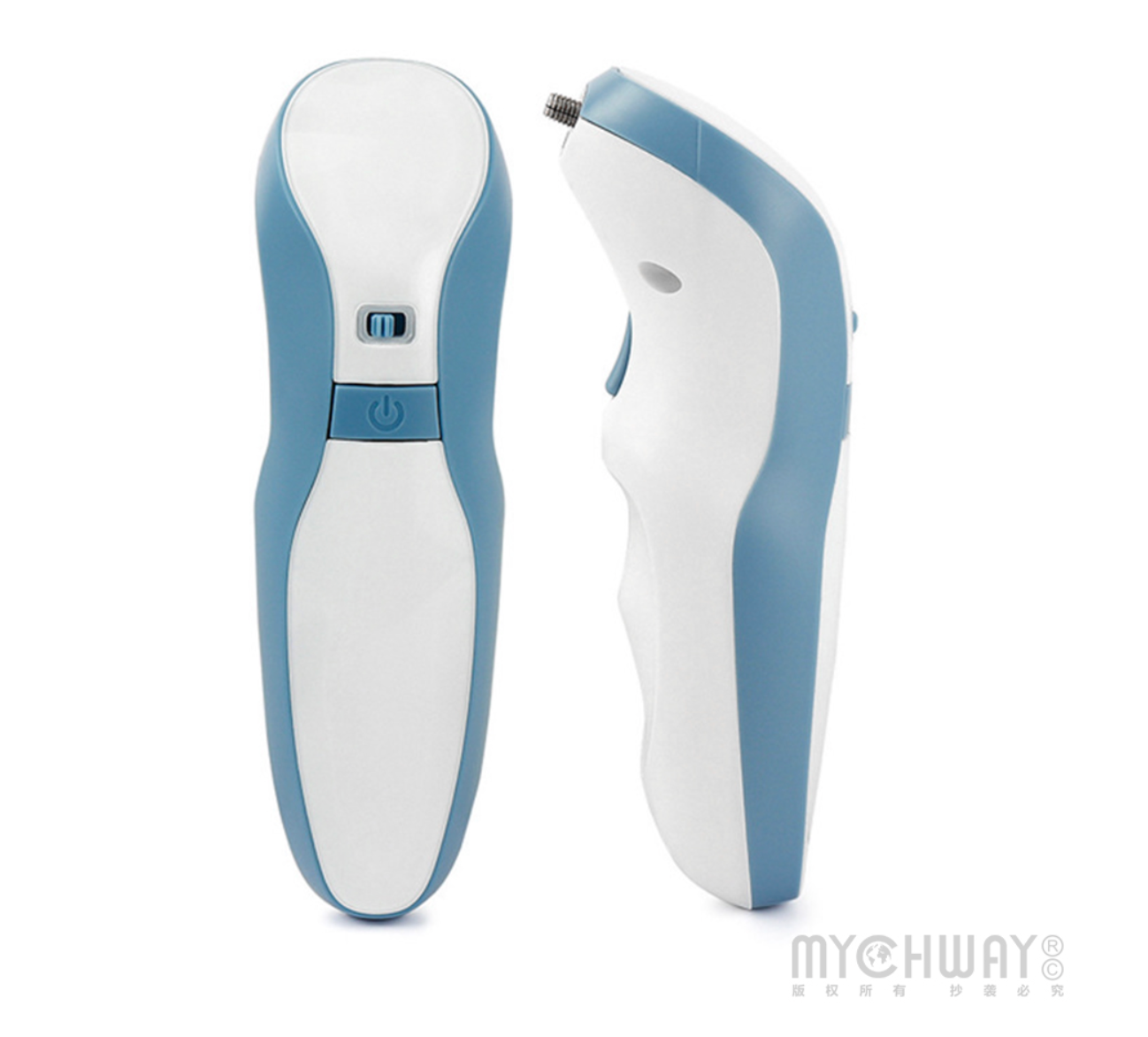What Is a Plasma Pen and How Does It Compare to CO₂ Laser Treatments?

Non-operative therapies have emerged as an excellent choice for people who want firmer, smoother skin without undergoing surgery. Nowadays, a vast array of cutting-edge treatments is available to address a wide range of skin disorders, from fine lines and wrinkles to problems with pigmentation and texture. The plasma pen, a tool for tightening and rejuvenating skin, is one such treatment.
However, how does a plasma pen operate, what is it really, and why could some clinics opt for other forms of treatment? Let’s examine the plasma pen’s role in the broader field of aesthetic medicine in more detail.
Understanding Plasma Pen Therapy
In the realm of aesthetics, the plasma pen is a relatively recent instrument. It makes use of electric plasma bursts that produce regulated microtraumas when they come into contact with the skin.
This promotes the creation of collagen and tightens the skin, which is perfect for addressing sagging, wrinkles, and other ageing symptoms. The ‘soft surgery’ capabilities of plasma pens are what make them so appealing.
Plasma pens provide a whole new range of skincare choices for anyone looking for non-invasive solutions. Utilising state-of-the-art technology, this treatment targets skin laxity and encourages natural healing to produce visible results.
Fibroblast plasma pens effectively handle problems ranging from small wrinkles to noticeable symptoms of ageing because of their adaptability. This technique encourages the regeneration of your skin by creating micro-traumas that honour the body’s natural healing mechanisms. Its ability to heal wrinkles and warts further demonstrates its multifaceted effectiveness.
Advantages of Using Plasma Pens
The following are some advantages of plasma pen treatments for people seeking non-invasive skin rejuvenation:
- Non-surgical: A plasma pen treatment is an excellent substitute for surgical operations such as eyelid or facelifts.
- Minimal downtime: Recovery is quicker than with surgery, although some redness and scabbing are typical.
- Targeted treatment: The plasma pen’s accuracy makes it perfect for small, targeted problem areas.
Drawbacks of Using Plasma Pen
Plasma pens are not always the most adaptable or successful solution, even though they can produce positive results for specific cases. Plasma pens are helpful for minor procedures, such as removing skin tags from sensitive places. A doctor always performs these operations.
Plasma pens might not be the best option for aesthetic procedures like repairing wrinkles and drooping skin around the eyes. For example, plasma pen treatments typically only work on limited, highly targeted locations. Scarring, pigmentation, crusting, and scabbing are other possible treatment side effects.
Difference Between Plasma Pens and CO2 Lasers
The ultimate objective of both CO2 lasers and plasma pens is skin rejuvenation; however, they approach this objective in somewhat different ways. They differ significantly in terms of approach, depth, downtime, and outcomes.
To achieve results similar to those of CO₂ lasers, the Plasma Pen uses ionised gas to create a series of controlled micro-injuries to the epidermis. However, rather than producing results immediately, the Plasma Pen gradually stimulates the production of collagen and elastin, resulting in skin that is smoothed and tightened.
Compared to CO₂ lasers, plasma pens for sale have a low downtime (about 3–7 days) and low risk of scarring, making it appropriate for small wrinkles, moderate sagging, and minor textural concerns.
A CO₂ laser can deliver a harsher therapy since it penetrates deeper into the tissue and uses concentrated light energy to vaporise the skin’s outer layer. When compared to plasma pens, CO₂ lasers have a slightly higher risk of pigmentation changes or scarring and typically have a more extended healing period (downtime), lasting 7–14 days after the procedure. However, they would help rejuvenate skin by effectively treating deep wrinkles, scars, and significant sun damage.
To sum up, for people with mild to moderate concerns, plasma pens provide a kinder, slower healing option. Since CO₂ lasers are more forceful, they are usually better suited for people with severe skin issues and produce more dramatic outcomes.
Conclusion
When choosing between a professional plasma pen for sale and lasers, you must take into account your skin concerns, the desired results, and how long those results will last. Each has special advantages and strengths that meet various skincare requirements.
You can choose a treatment that best suits your objectives by being aware of what each one involves. Keep in mind that speaking with a qualified expert can yield more information specific to the requirements of your skin.



